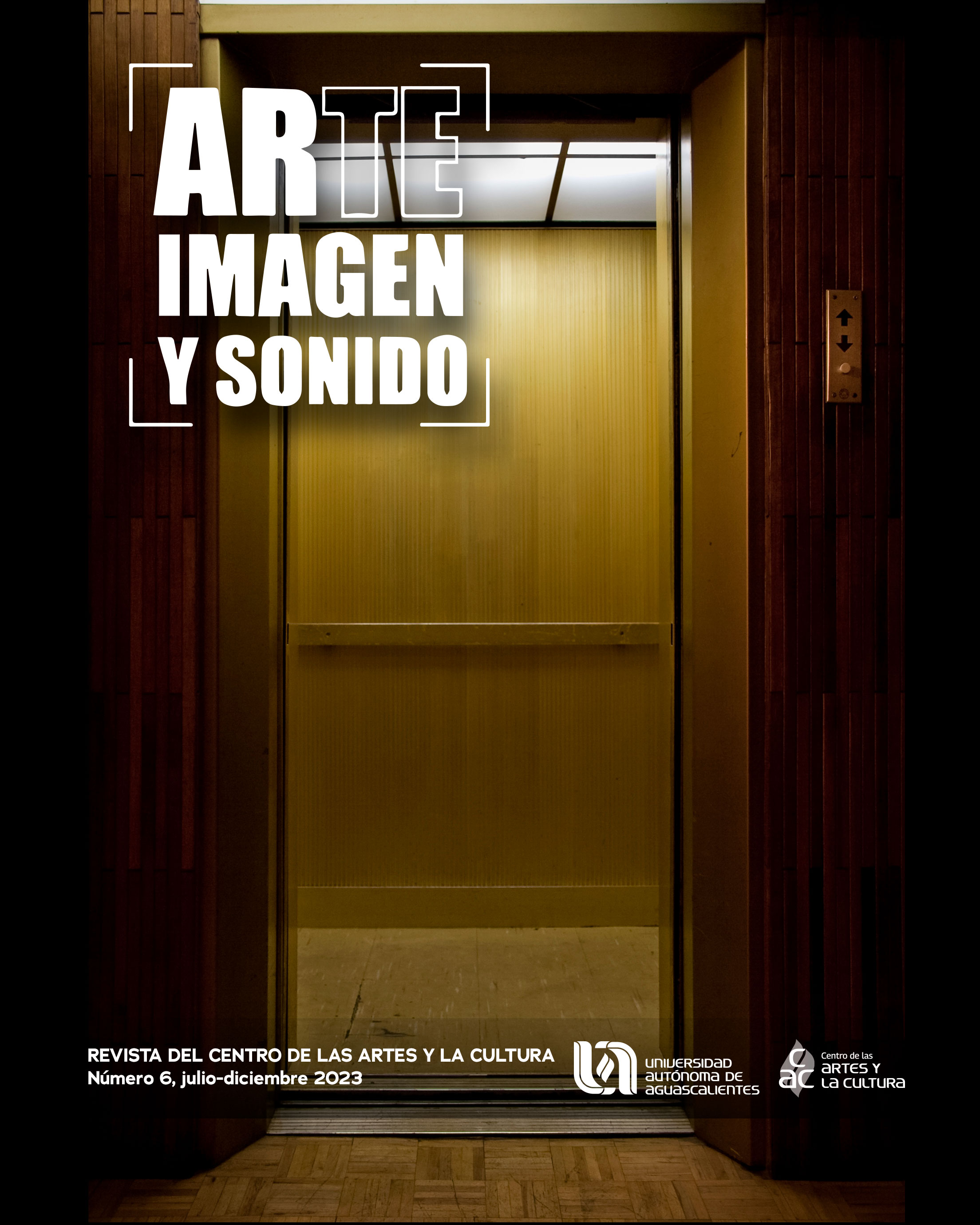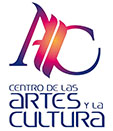The Horned Serpent of Tepozán and the agricultural cults in the rock art of Aguascalientes
DOI:
https://doi.org/10.33064/6ais4170Keywords:
Horned Serpent, Rock Art , Aguascalientes Archaeology, Mesoamerican NorthwestAbstract
El Tepozán is located in the municipality of Calvillo, it is a rocky shelter near a stream that, in pre-Hispanic times was a fertility sanctuary where a large number of rock paintings were captured: in total, 129 motifs so far recorded (González, 2010). Among all the iconographic elements present, the horned serpent stands out, one of the most important images that appears in the rock art tradition spread over the agricultural route of the Sierra Madre Occidental (Hers and Carot, 2011), already opened by Mesoamerican peoples who came from Western Mexico and who came to settle in the region of Aguascalientes during the Epiclassic period, between 500 and 900 AD.
The present proposal aims to contribute to the understanding of the rock art of Aguascalientes from a regional iconographic analysis but also taking into account comparative studies, with the intention of explaining how the ceremonial and agricultural themes linked to the cult of the rain serpent, better known as Quetzalcoatl, were developed on the ancient roads of Tierra Adentro.
Downloads
Metrics
Downloads
Published
How to Cite
Issue
Section
License
Copyright (c) 2023 Felipe de Jesús Sarabia Salmerón

This work is licensed under a Creative Commons Attribution-NonCommercial-NoDerivatives 4.0 International License.
The copyright of the articles rests with the authors, who by publishing them agree to do so under the Creative Commons Attribution-NonCommercial-NoDerivatives 4.0 International license.












